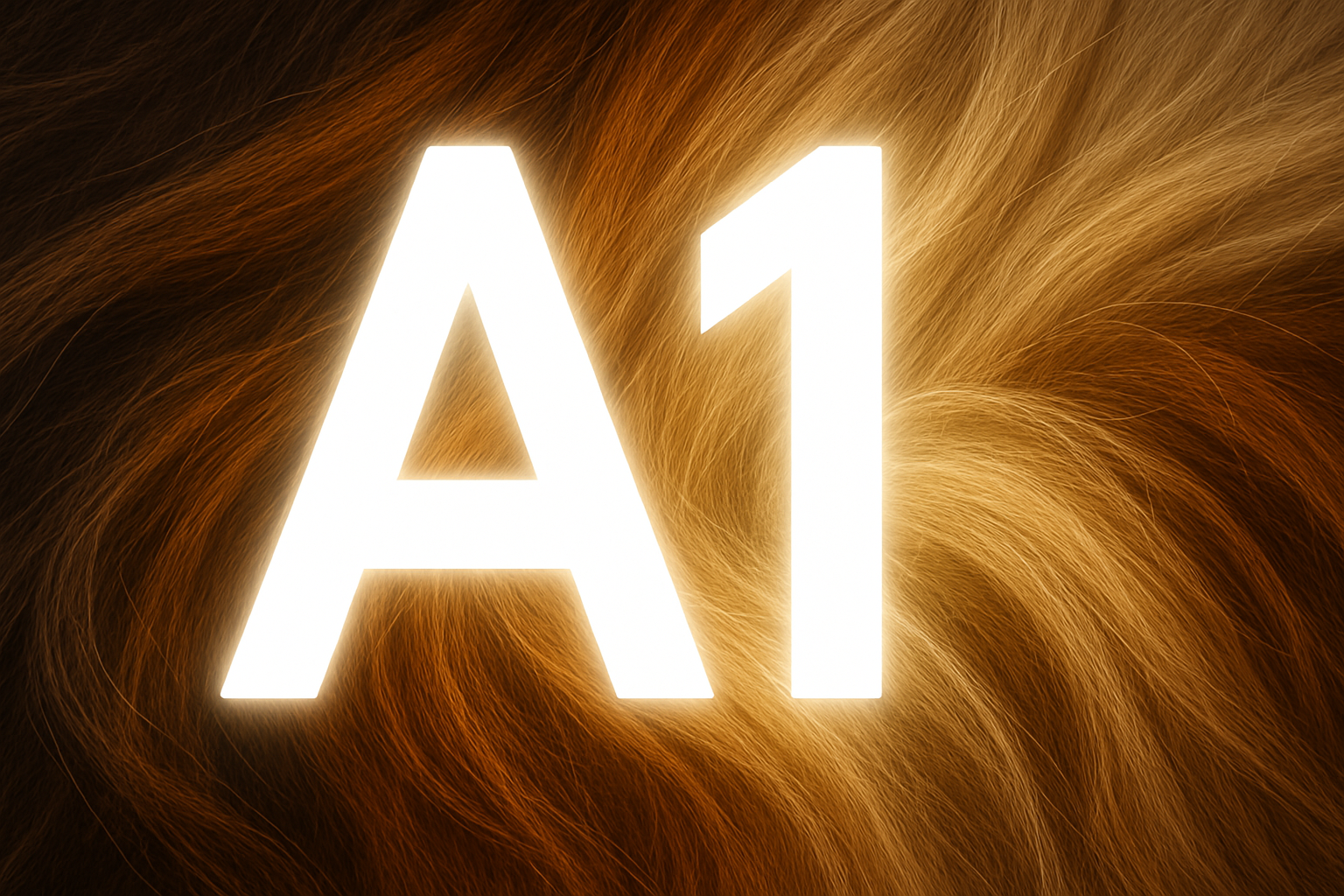Challenges in Preserving the Icelandic Horse Population: New Insights on Genetic Diversity

The Icelandic horse population, a unique genetic group, is encountering growing challenges in maintaining its genetic diversity. A recent study by Elínborg Árnadóttir, conducted at the Agricultural University of Iceland, reveals a concerning rise in inbreeding and a reduction in effective population size over the period 2011-2020.
Rising Inbreeding Levels
The study shows that the average inbreeding coefficient increased in all five countries studied – Iceland, Germany, Denmark, Sweden, and Norway. By 2020, the coefficient ranged from 2.60% to 3.06%, with Iceland showing the highest values. This trend is partly driven by an unequal genetic contribution from a small number of key ancestors.
Declining Effective Population Size
Effective population size, a key factor in maintaining genetic diversity, has also declined. Between 2011 and 2020, it ranged from 95-122 individuals across the studied countries. This represents a significant decrease compared to previous decades, raising concerns about genetic drift and further increases in inbreeding.
Looking Ahead
Despite these challenges, the Icelandic horse population remains above the threshold for minimal effective population size. However, breeders must take proactive steps to avoid inbreeding and preserve genetic diversity. Increased education and awareness about the impacts of inbreeding are critical for safeguarding the breed’s future.
If the current trends persist, stricter measures may become necessary to protect the population. Elínborg’s findings emphasize the importance of balanced genetic contributions and the preservation of the Icelandic horse’s unique qualities.














